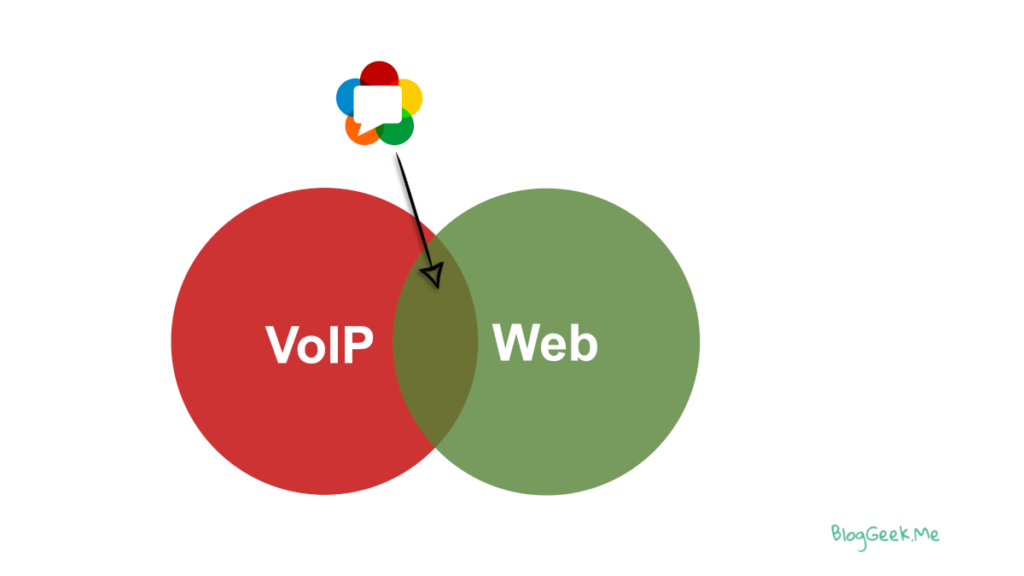What WebRTC did to VoIP was reduce the barrier of entry to new vendors and increased the level and domains of innovation.

[In this list of short articles, I’ll be going over some WebRTC related quotes and try to explain them]
WebRTC was an aha moment in the history of communications.
It did two simple things that were never before possible for “us” VoIP developers:
- Offered a built-in implementation in the browser (you mostly no longer needed to implement the low level media processing aspect of the client device)
- Provided in single, standardized API layer (up until then the standardized layer was the network protocol itself)
This in turn, brought with it the two aspects of WebRTC illustrated above:
- Reduced barrier of entry
- You no longer needed to know in detail how the network protocols worked in order to develop something – there’s a standardized API that you can use that takes care of handling all that networking “stuff” somewhere (or at least needed to know a lot less to get started and to launch something)
- The client side was mostly solved on the low level. You could focus on building your application and user experience a lot earlier in the game
- Increased innovation
- Now that you’re not expected to focus so much on the low level, you can work more on the user experience, which means more time to innovate
- And since you don’t need to know all of that networking stuff so intimately, you no longer need to be “indoctrinated” as a VoIP developer. Which means developers came from all software domains, with their own ideas on how communications should work, forcing greater innovate than ever before
For many years I’ve been using this slide to explain why WebRTC is so vastly different than what came before it:

- It is free since the code is open source and the implementation is already embedded in all modern browsers. This means everyone can make use of it → reduced barrier of entry
- The focus of it is web developers and not VoIP developers. There are more web developers than VoIP ones, and they come with different worldviews → increased innovation
That said, truly innovating, productizing and scaling WebRTC applications require a bit more of an investment and a lot more in understanding and truly grokking WebRTC. Especially since WebRTC is… well… it is web and VoIP while at the same time it isn’t exactly web and it isn’t exactly VoIP:

This means that you need to understand and be proficient with both VoIP development (to some extent) and with web development (to some extent).
👉 Looking to learn WebRTC? Here are some guidelines of how to get started with learning WebRTC.
